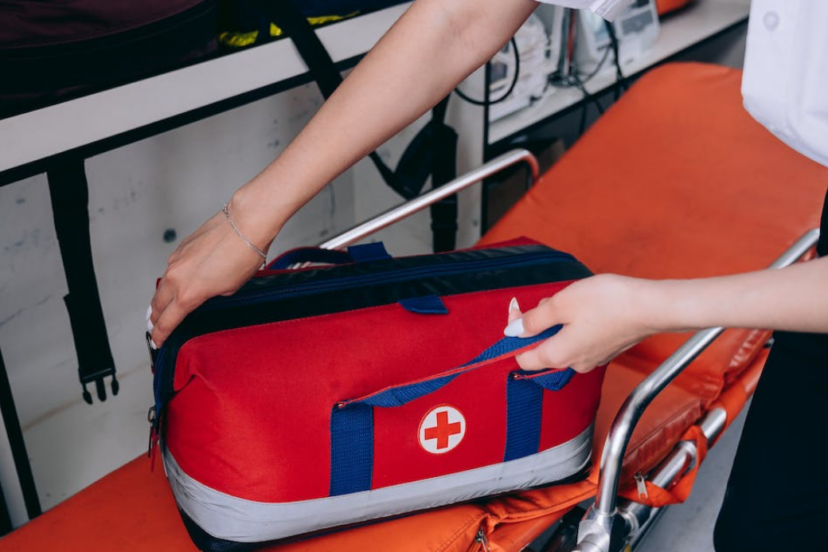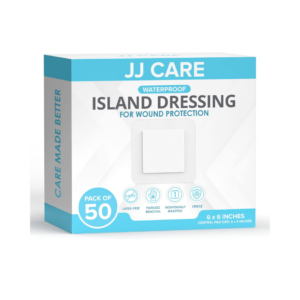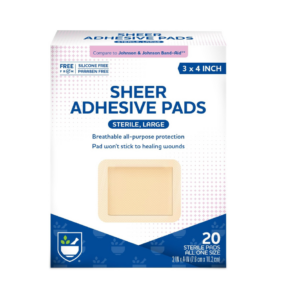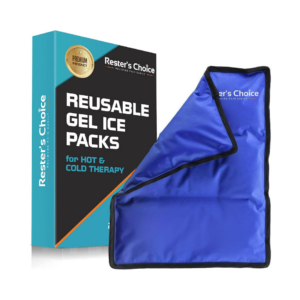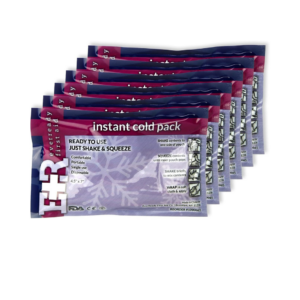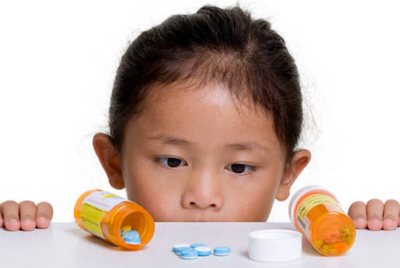Safety and First Aid Kit Basics
Accidents can happen at any time, especially when it comes to active and curious children. Being prepared with basic first aid knowledge is crucial for parents, caregivers, and anyone involved in child care. This guide will provide an overview of common injuries in children and how to administer basic first aid effectively. Before delving into the common injuries, let’s take a moment to understand why having basic first aid knowledge is critical.
Unintentional Injuries in Children:
- According to the Centers for Disease Control and Prevention (CDC), unintentional injuries are the leading cause of death among children in the United States. In 2019, over 11,000 children aged 0-19 years died from unintentional injuries.
Reducing Mortality with First Aid:
- The American Red Cross reports that immediate first aid can significantly increase the chances of survival and reduce the severity of injuries. In many cases, providing prompt first aid can be the difference between life and death.
Preventing Permanent Damage:
- The National Safety Council (NSC) states that quick and appropriate first aid can prevent many injuries from becoming more severe and causing long-term damage. This is particularly crucial in cases like burns and head injuries.
Choking Hazards:
- The American Academy of Pediatrics (AAP) highlights that choking is a common hazard for young children. It is a leading cause of injury and death among children under the age of 3. Knowing how to perform the Heimlich maneuver can be lifesaving.
Common Injuries in Children and First Aid Procedures
Cuts and Scrapes: Cuts and scrapes are among the most common injuries in children. They can occur from falls, contact with sharp objects, or rough play.
First Aid Steps:
- Clean the Wound:
- Wash your hands thoroughly.
- Clean the wound with mild soap and water.
- Gently pat dry with a clean cloth.
- Apply an Antiseptic Ointment:
- Apply a thin layer of antiseptic ointment to prevent infection.
- Cover with a Clean Bandage:
- Use a sterile adhesive bandage or gauze pad to cover the wound.
- Monitor for Infection:
- Keep an eye out for signs of infection, such as increased redness, swelling, or discharge.
See our product recommendations:
Bruises and Contusions: Bruises occur when blood vessels beneath the skin are damaged, leading to discoloration and tenderness.
First Aid Steps:
- Apply a Cold Compress:
- Place a cold compress or ice pack wrapped in a cloth on the bruised area for 15-20 minutes.
- Elevate the Injured Area:
- If possible, elevate the injured area to help reduce swelling.
- Monitor for Severe Injury:
- Keep an eye out for signs of a more serious injury, such as extreme pain, difficulty moving the limb, or unusual swelling.
See our product recommendations:
Sprains and Strains: Sprains involve ligament damage, while strains involve muscle or tendon injury. These can happen during sports or rough play.
First Aid Steps:
- Rest, Ice, Compression, Elevation (RICE) Method:
- Rest the injured area.
- Apply ice for 15-20 minutes.
- Use a compression bandage to reduce swelling.
- Elevate the injured area.
- Seek Medical Attention:
- If pain is severe or swelling doesn’t improve, seek medical attention
Burns: Burns can result from hot surfaces, liquids, or flames.
First Aid Steps:
- For Minor Burns:
- Immerse the burn in cool water for at least 10 minutes.
- Apply an antibiotic ointment and cover with a sterile dressing.
- For Severe Burns:
- Seek immediate medical attention.
Choking: Choking can occur when a child swallows an object that obstructs their airway.
First Aid Steps:
- Perform the Heimlich Maneuver:
- Stand behind the child, wrap your arms around their waist, and make a fist just above the navel.
- Grasp the fist with your other hand and perform quick, upward thrusts until the object is dislodged.
- If unsuccessful, call for emergency help.
Head Injuries: Head injuries can range from minor bumps to more serious concussions.
First Aid Steps:
- For Minor Bumps:
- Apply a cold compress to the area.
- Monitor the child for signs of dizziness, nausea, or changes in behavior.
- Seek Immediate Medical Attention:
- For more severe head injuries, seek immediate medical attention.
While being equipped with the knowledge of basic first aid can make a significant difference in the outcome of childhood injuries, it is also important to have a well prepared first aid kit bag. A well-stocked first aid kit bag is like a safety net, providing you with the tools and supplies needed to respond effectively to injuries and emergencies.
Building Your First Aid Kit Bag
Selecting the Right Bag
Choose a durable, waterproof bag with compartments or pockets for easy organization. It should be compact enough to carry with you, yet spacious enough to hold all essential supplies.
Our Top Choice for First Aid Kit Bag
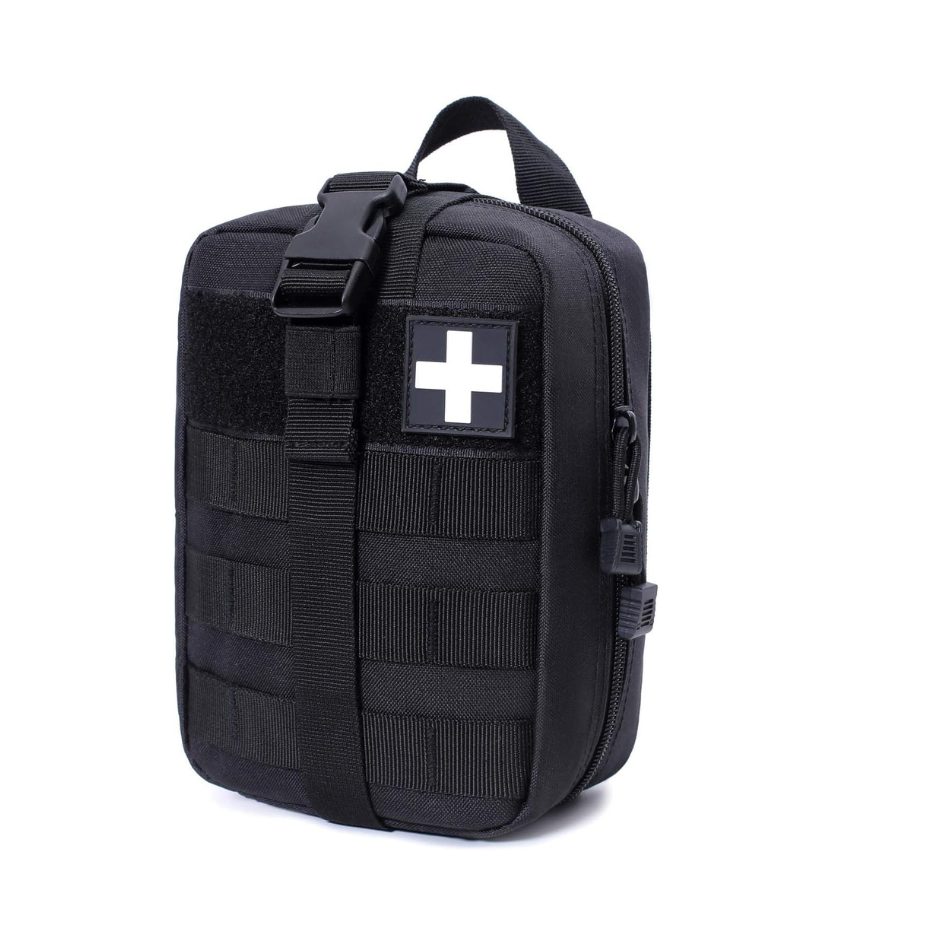
The emergency pouch is made of top grade high density nylon for better tear & water resistant, durable metal zippers.
Shop Now
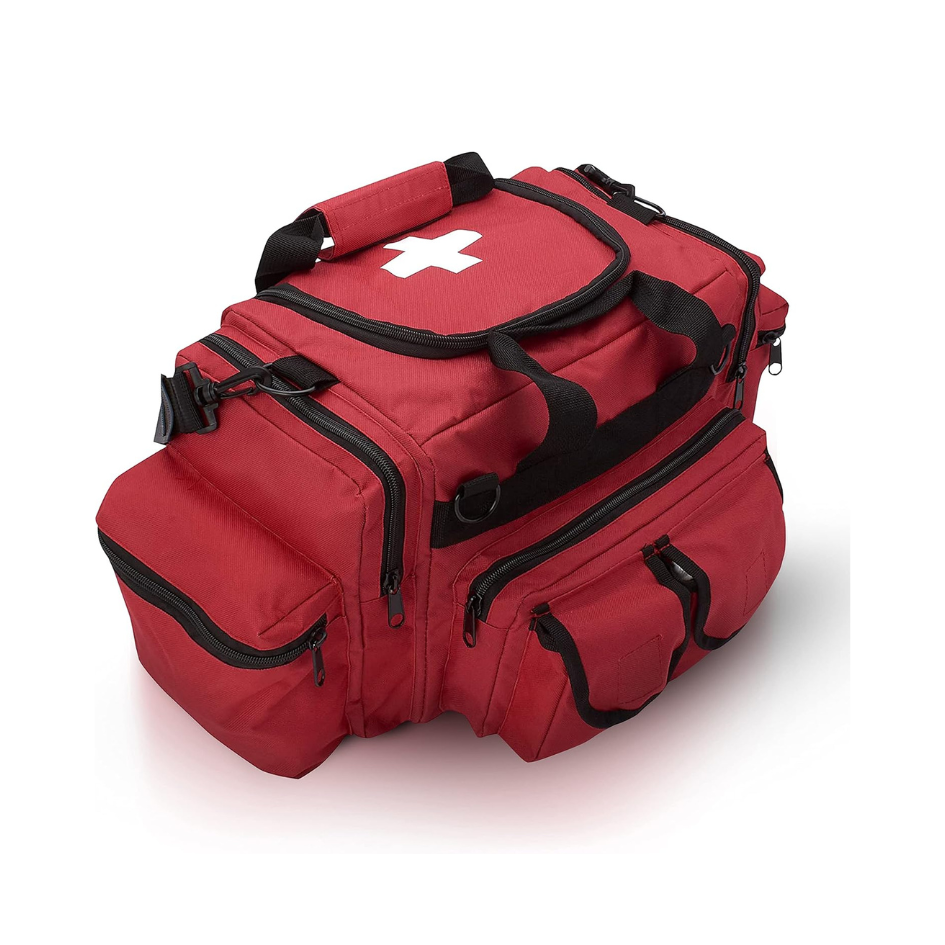
This first aid kit bag has 8 Pockets and pouches designed for keeping medical items safe and organized.
Shop Now
Basic Supplies
- Adhesive Bandages (various sizes): For covering minor cuts, scrapes, and blisters.
- Sterile Gauze Pads and Roll: To control bleeding and dress wounds.
- Antiseptic Wipes or Solution: For cleaning wounds to prevent infection.
- Medical Tape: To secure bandages and gauze in place.
- Scissors and Tweezers: For cutting tape, clothing, or removing splinters.
- Disposable Gloves: To protect both the responder and the injured person.
- Pain Relievers (e.g., Ibuprofen, Acetaminophen): For minor pain and discomfort
Our Top Choice for First Aid Kit Bag
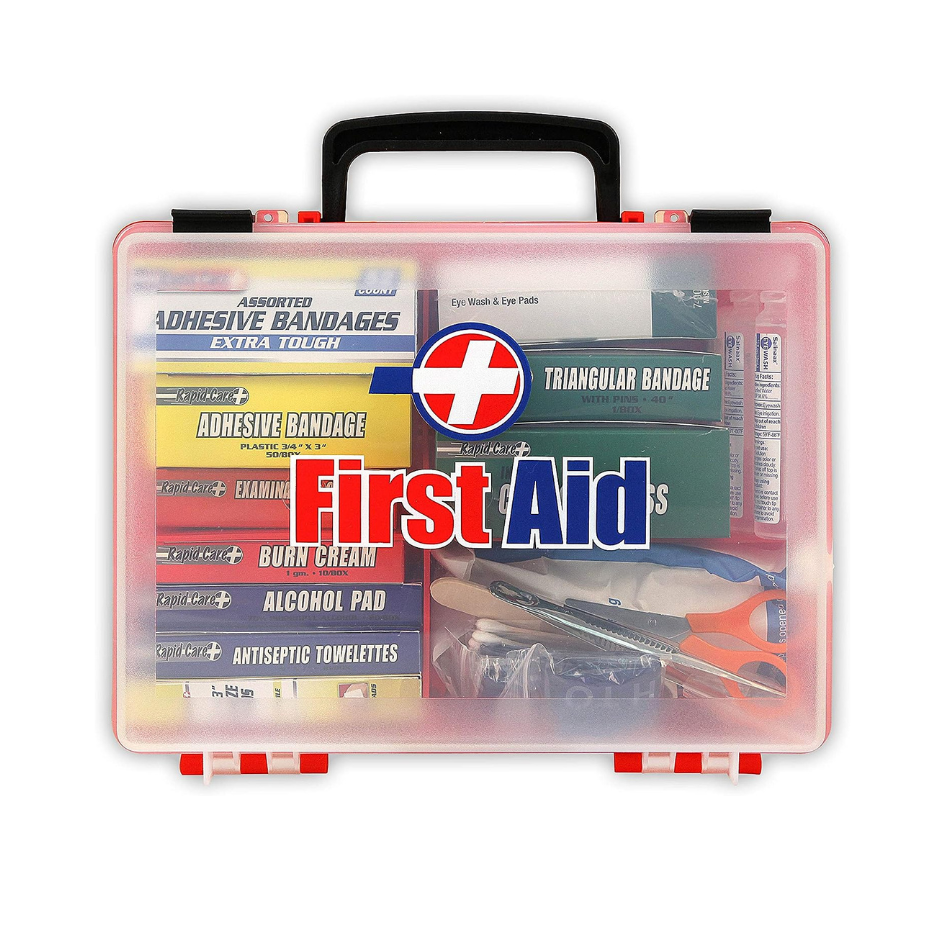
It comes with 130 pieces, and is designed for most environments, including homes, offices, vehicles, and work sites.
Shop Now
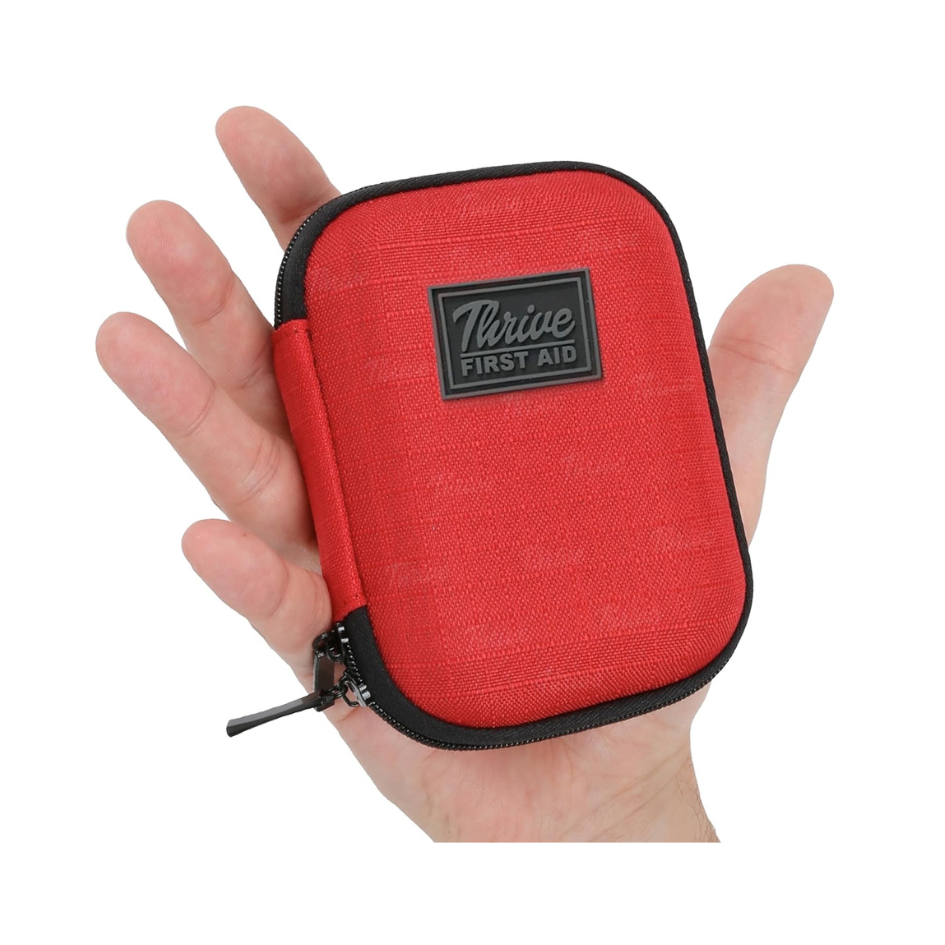
The mini first aid kit is packed with 66 useful and valuable hospital grade medical Supplies.
Shop Now
Taking the time to assemble and maintain a comprehensive kit is a responsible step towards ensuring the safety and well-being of your loved ones. Remember, in severe or life-threatening situations, always seek professional medical help. Your first aid kit bag is there to provide initial support until help arrives.

